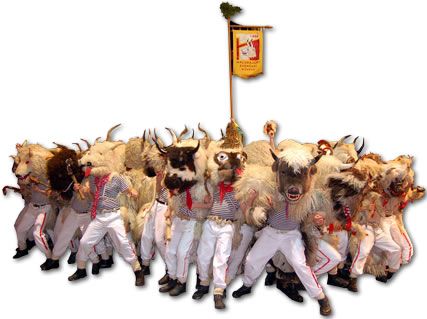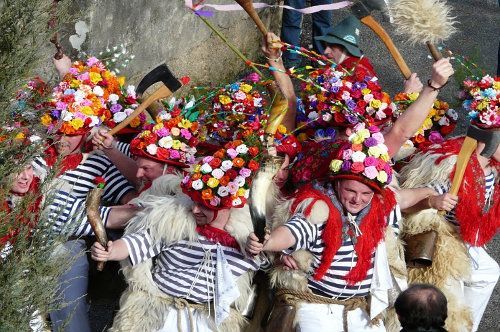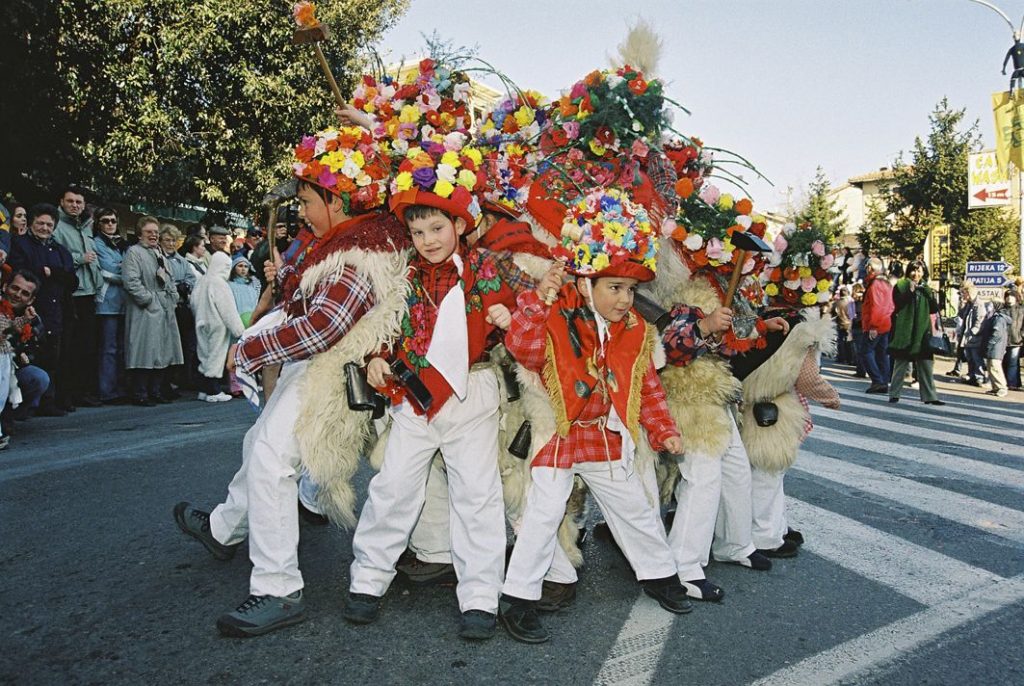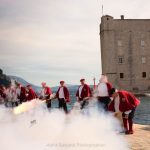Continuing her look at the considerable intangible UNESCO heritage in Croatia, Filipa Marusic gets into the Carnival mood with the bell ringers of Kastav.
It is Carnival season, and time for the latest in the TCN series on intangible UNESCO heritage in Croatia – the bell ringers pageant from the Kastav region, which was added to the list in 2009.
Not exclusively in Kastav, but in other parts of Croatia, the Carnival is taken seriously and the week before Shrove Tuesday (Mardi Gras) each town will have festive pageants and events related to the carnival. All the events reach the peak on Shrove Tuesday when each town has various pageants, concerts, live shows and local people put on their masks and condemn an imaginary creature made from recycled material and garbage that is responsible for all the bad deeds and sad events during the past year. This tradition is quite common in most of the towns which have Carnival celebrations. The creature who is responsible for all the bad things that happened in previous year is called “Pust” in Primorje, “Krnjo” in Dalmatia or Fašnik/Princ Karneval in Northen Croatia. Carnivals worth seeing are definitely Fašnik in Samobor, Carnival in Rijeka, Opatija and Split. To see authentic Carnival preparations and celebration, head to smaller towns on islands and inland in Dalmatia and towns in Kastav area for the unique bell ringers pageant.
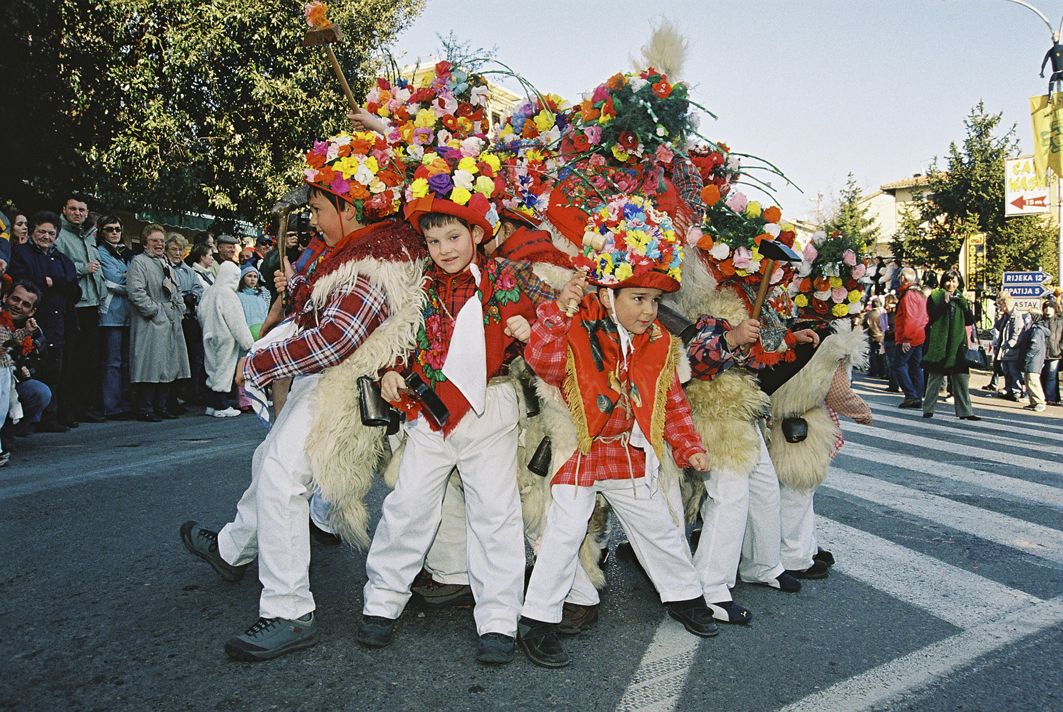
In Kastav during Carnival period (from 17th January on “Antonja” to Ash Wednesday) dozen groups of men called “Zvončari” or bell ringers march through their villages and surrounding areas. This ritual comes from pre-Christian customs of chasing away the winter and had an ancient magical meaning of inviting fertility. There is an alternative story about this tradition and it is related to scaring away the Tartars and Turks with their masks in the times they were threat for the area. The pageant is still performed to evoke spring and celebrate the end of winter. It has a range of events during Carnival and has special significance for locals for the last 150 years. On their route, the bell ringers interact with locals from the villages. This ritual keeps the social significance and mutual relationship of the villages in the Kastav area and it is still a vital part of everyday life today. All the bell ringers come from villages like Bregi, Brgud, Halubje, Mučići, Mune, Rukavac, Zvoneća, Žejane, Frlanija, Vlahov Breg, and Korensko. All the villages are included in this pageant and everybody participates in this ritual. Some bell ringers groups have formed official NGOs while some of them are just informal groups of people who nurture the same heritage. Being part of UNESCO intangible heritage is of great value for this custom, as it contributes to preserving it and implementing this heritage in the everyday life of local community.
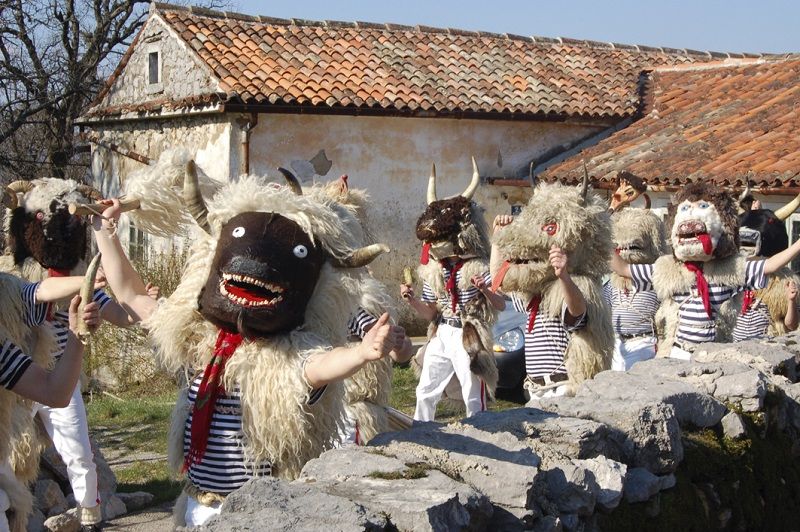
The bell ringers usually wear masks while some have headgear symbolizing vegetation and fertility decorated with evergreen sprigs. The headgear is usually quite special – they have evergreen trenches or paper flowers while some groups have multi colourful paper strips.
The bell ringers from Halubaje have scary, zoomorphic masks on their face – this comes from the times when they were only bell ringer group who was allowed to keep the masks while other villages couldn’t do so because they were under Italian rule in 1920. and instead of masks wore hats with colourful flowers. Some groups have wooden maces called “balta” and have white trousers and sailor t-shirts. All of the bell ringer groups are clothed in sheepskin and have bells around their waist. Bell ringers usually have 3 smaller bells (in villages Mučići, Brgud, Zvoneća, Rukavac) or one larger bell – they ring the bells by moving rhythmically and bumping each others’ hips. They also stagger a bit in order to harmonise the ringing.
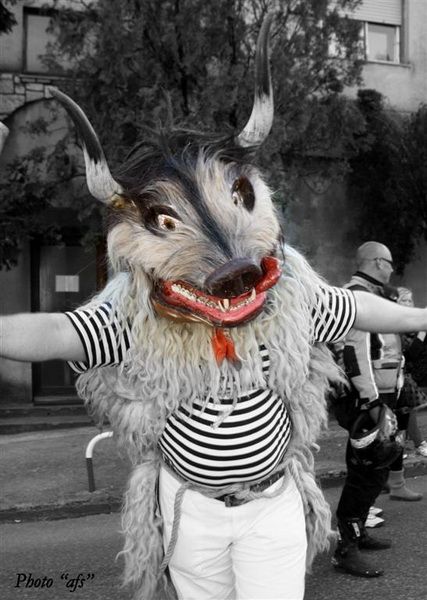
They form groups from two to thirty ringers and have a group leader called “Kapot”. In the group there are always few men who carry small batches of wine and the group guide who carries a small evergreen tree. Group size depends on the village – for example Halubaje has a larger group of bell ringers while some villages like Žejane and Mune have smaller group of just 2 to 10 people. Groups may also have theatrical characters such as a prankster bear or devil that regularly escapes his guards and “attacks” the crowd. These are all elements of folklore theatre.
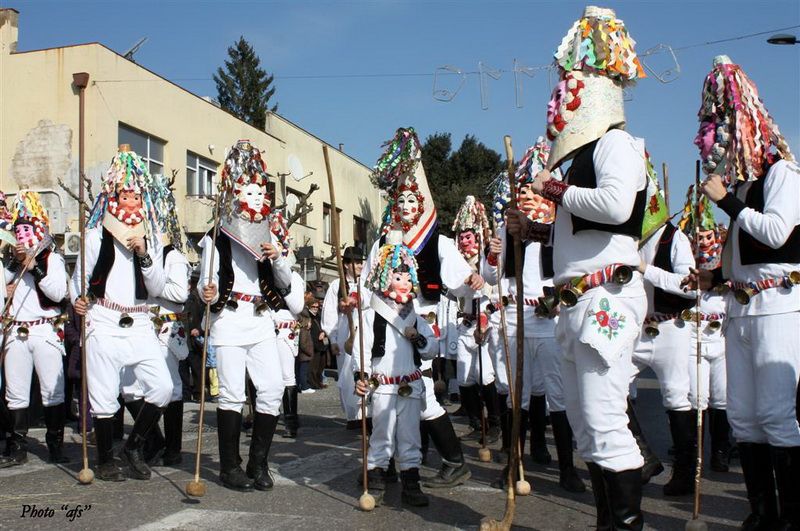
During the whole pageant they keep the same formation and when they approach the centre of village or certain house they gather together and form concentric circles and face towards the crowd and start ringing intensively until locals offer them drinks and food. This is the peak of their visit to the village and after a short stop; they are again on their way to next village. During their festive walk, they cover approximately 10 to 15 kilometres.
The bell ringers are often one of the most entertaining groups at the Carnival in Rijeka. Halabuje Carnival has thousands of visitors each year and it is visited by bell ringers from Grobnik, Žejane, Bregi, Vrgude, Mučići, Muni, Rakavci, Zvoneći, Zameti. In Matulji there is also the well visited annual bell ringers pageant. The Carnival events often include events for children like the junior bell ringer pageant in Marčelji.
At the end of Carnival, the ringers come to their own village, gather in front of the houses and collect rubbish from the households and burn it out front – this peak happens on Shrove Tuesday when they burn “Pust” and this marks the end of this Carnival period.
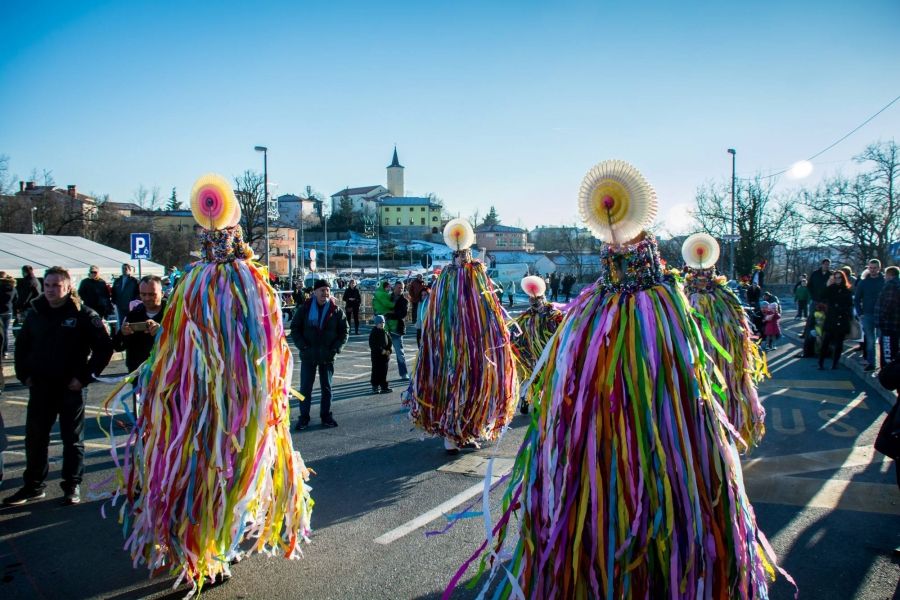
Each village in Kastav area has its own variations of the bell ringers’ pageant and it represents a way to strengthen local community and keeping alive the heritage and folklore traditions which bring together the villages and towns in the region. In same time, this tradition is interesting for visitors and non-residents. This tradition carries with itself a variety of additional heritage elements such as traditional dishes, handicrafts (making of masks, headgear and bells), different dances and social interaction.
(Source UNESCO)
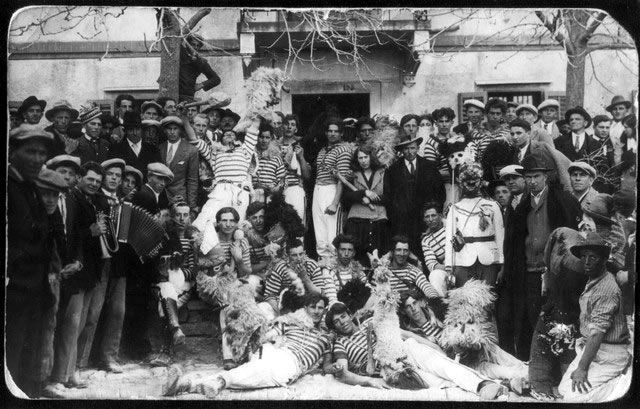
Celebrating in 1929
SOURCE (text and photos): Ministry of Culture, Kultura.hr, UNESCO, EMI, Halubajski zvončari, TB Matulji, TB Viškovo, TB Kvarner, TB Kastav
